Crew 203 Operations Report 23-JAN-2019
SOL: 11
Name of person filing report: Freddy Castaneda
Non-nominal systems: Nothing new to report.
Notes on non-nominal systems: None
Generator (hours run): Unknown; Turned on last night (22Jan2019) at 16:50; Stopped running during the night, no hour reported on the generator. It was turned on this morning for about 15 minutes (23Jan2019) from 10:10 to 10:25; Turned on tonight (23Jan2019) about 16:30
Solar SOC – Turned on (22Jan2019) 83%; Turned off (23Jan2019) 60%; Turned on (23Jan2019) 84%
Diesel Reading – Under 1/2 tank.
Propane Reading – Refilled, 80%
Ethanol Free Gasoline – Nothing to report.
Water (auxiliary tank) – Not in use.
Water (static tank) – About 30%; 160 gallons
Auxiliary to Static tank transfer – No
Gallons transferred: Not applicable
Water in GreenHab – About 43%; 130 gallons
Water (loft) – At level marker 10
Static to Loft Pump used – Yes; At 14:30 to refill the tank
Water Meter: 01404157
Toilet tank emptied: Yes.
Deimos rover used: No, still not functional
Hours: Not applicable
Beginning charge: Not applicable
Ending charge: Not applicable
Currently charging: Not applicable
Sojourner rover used: ASSIGNED TO DIRECTOR
Hours: Not applicable
Beginning charge: Not applicable
Ending charge: Not applicable
Currently charging: Not applicable
Spirit rover used: Used for EVA to North Pinto Hills.
Hours: 70.3
Beginning charge: 100%
Ending charge: 64%
Currently charging: Yes
Opportunity rover used: Not used.
Hours: 46.2
Beginning charge: 100%
Ending charge: 100%
Currently charging: Yes
Curiosity rover used: Used for EVA to North Pinto Hills.
Hours: 72.2
Beginning charge: 100%
Ending charge: 89%
Currently charging: Yes
Notes on rovers: Brakes on Opportunity still not working properly.
ATV’s Used: None (Honda, 300, 350.1, 350.2, 350.3)
Reason for use: None
Oil Added? No
ATV Fuel Used: None
# Hours the ATVs were Used today: None
Notes on ATVs: None
HabCar used and why, where? Not used.
CrewCar used and why, where? Off-campus
General notes and comments: Nothing to report.
Summary of internet: Nothing to report.
Summary of suits and radios:
Suit #1: All electrical connections verified, working properly.
Suit #2: All electrical connections verified, working properly.
Suit #3: Negative electrical terminal to battery replaced, All electrical connections verified, fuse used to enable suit #9, the battery doesn’t make an entire cycle, charges and discharges completely in less than one minute. Battery retired for exchange.
Suit #4: Loose terminal screw on the switch, all electrical connections verified, working properly.
Suit #5: All electrical connections verified, working properly.
Suit #6: Fan locked, voltage on battery was down and battery discharges quickly, the second fan move slowly. Issue fixed, all electrical connections verified, working properly.
Suit #7: All electrical connections verified, working properly.
Suit #8: Negative electrical terminal on battery replaced, electrical fail on fan, issues fixed, all electrical connections verified, working properly.
Suit #9: Enable with fuse of suit #3 and battery of suit #11, all electrical connections verified, working properly.
Suit #10: Battery replaced with an old one taken from the RAM, all electrical connections verified, working properly. Pending for battery functionality on the field.
Suit #11: Battery replaced with an old one taken from the RAM, all electrical connections verified, working properly. Pending for battery functionality on the field.
Summary of Hab operations: 8 toilet paper rolls received.
Summary of GreenHab operations: Nothing to report.
Summary of ScienceDome operations: Nothing to report.
Summary of RAM operations: Nothing to report.
Summary of any observatory issues: Nothing to report.
Summary of health and safety issues: Nothing to report.
Questions, concerns, and requests to Mission Support: Nothing to report.
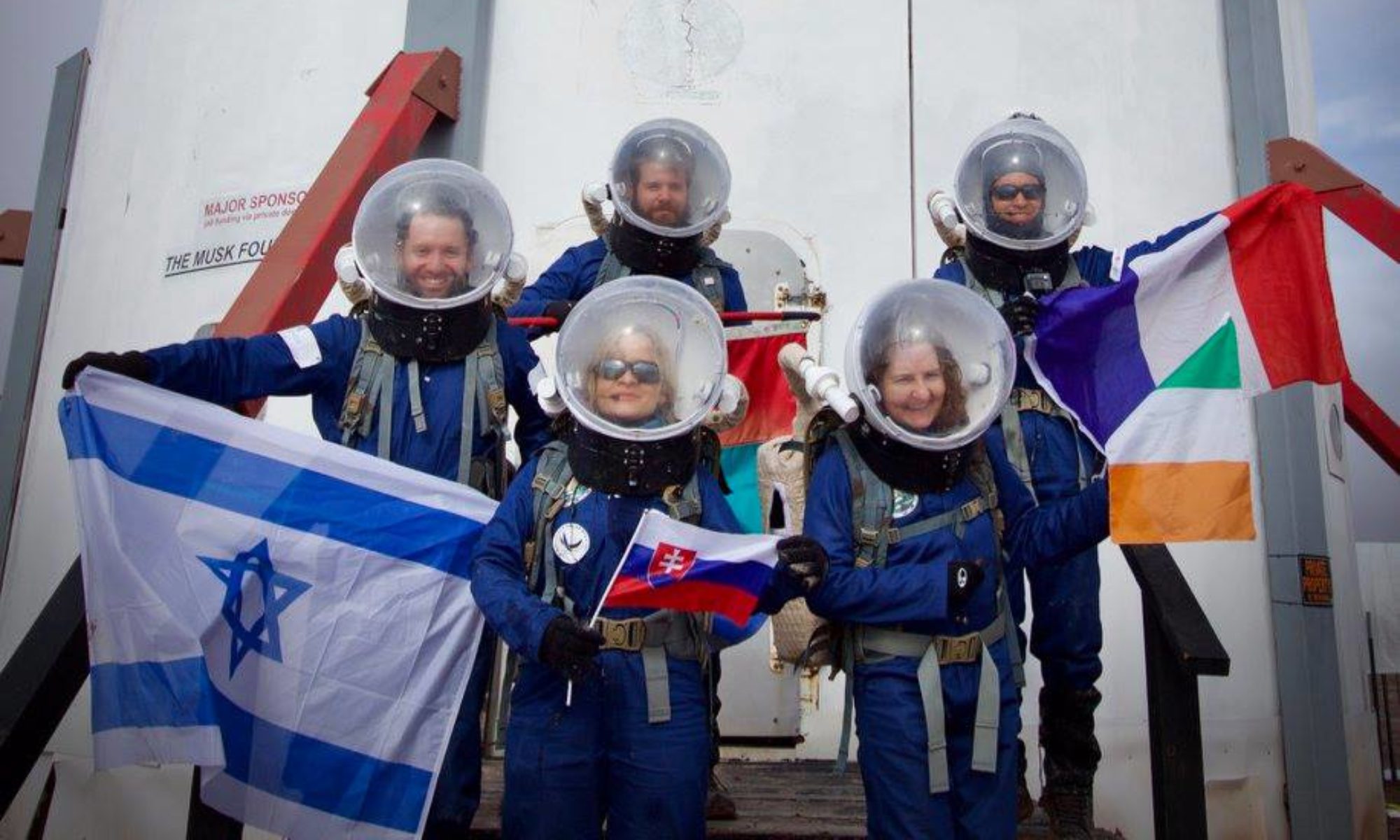
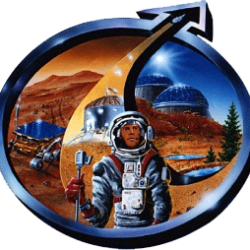
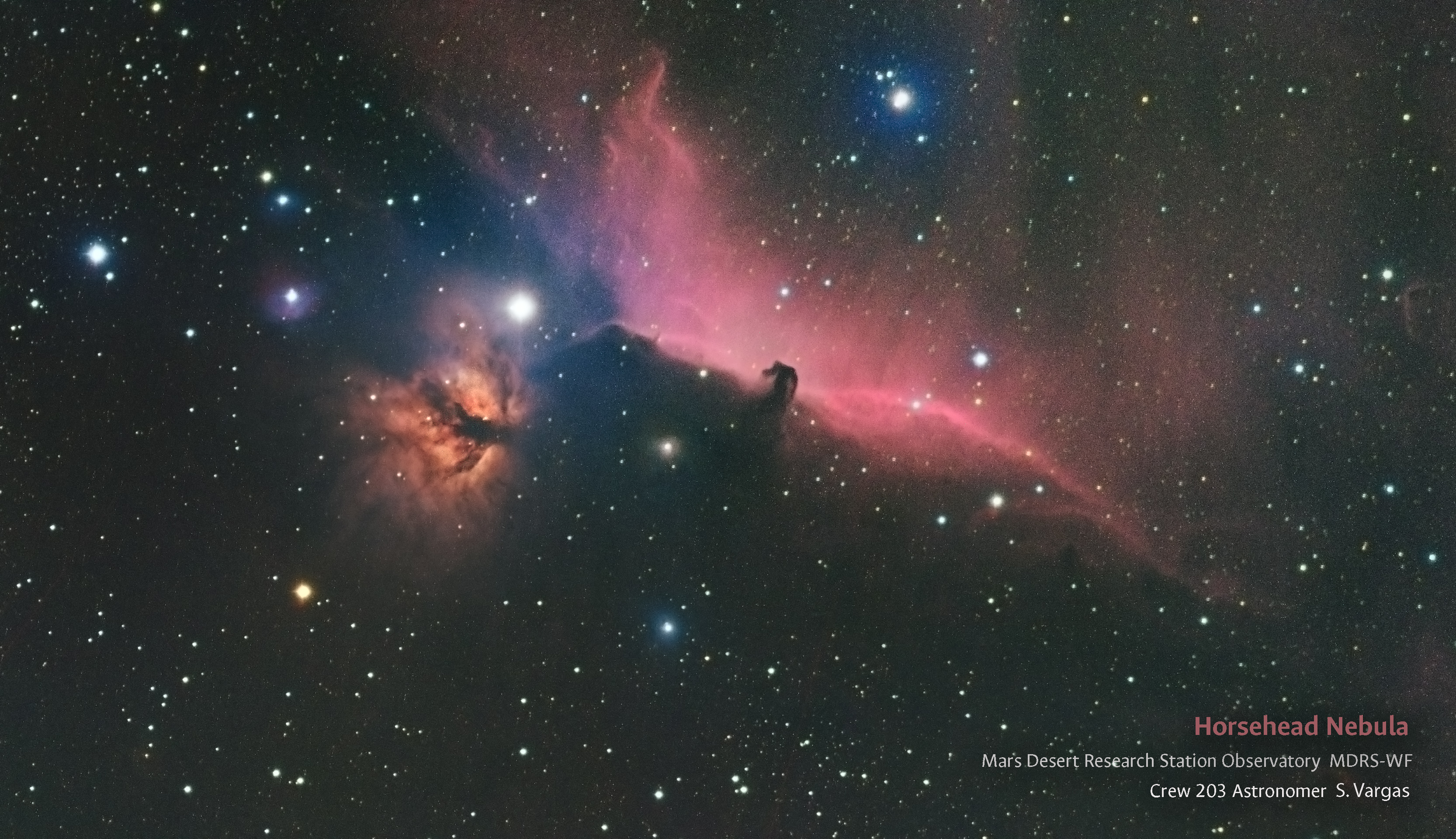
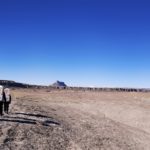
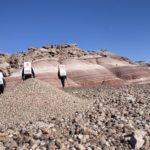
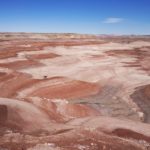
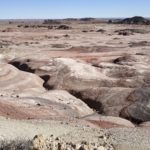
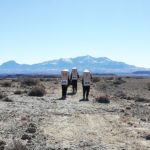
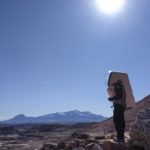
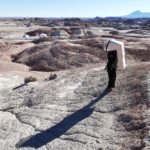

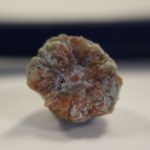
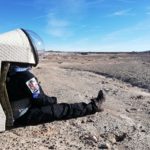
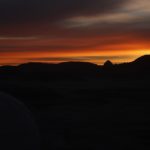
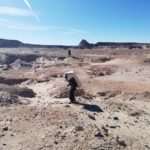
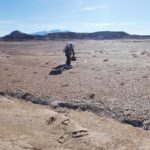
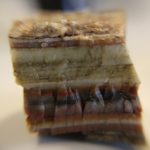
You must be logged in to post a comment.